Chopin’s 20th Nocturne in C#-minor, published posthumously, is a brooding piano solo that boasts, unsurprisingly, facets quintessential to Chopin’s Nocturnes. These qualities, in Chopin’s nocturnes, have long fascinated me as a composer. Simple in design and modest in development, they demonstrate that complexity and quality are not synonymous. Instead, it is about doing enough and doing that “enough” to a high standard.
In this article, therefore, I want to break down Chopin’s composition. Not necessarily so that I can write like Chopin or write a romantic composition or nocturne. Instead, I want to see what Chopin does: how he arranges his ideas and develops them, how he accompanies those ideas, how he controls development and how these things can be generalised for composition today in media or contemporary art music. Therefore, I will start by offering an overall breakdown of Nocturne No. 20 before taking a closer look at Chopin’s main melody and developmental strategy for said melody. To finish, I will look over his harmony and how he creates a discombobulated, dreamlike feeling through his use of progressions and chromaticism. Not undermining tonality but not stressing it either.
If you’d like to be updated when we release new articles and videos, sign up for the Any Old Music Mailing List.
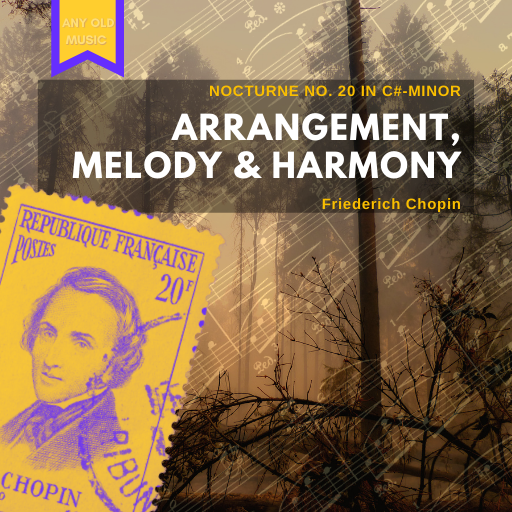
Ternary Structure
Chopin’s 20th Nocturne is a short form piece that uses Ternary structure. A ternary structure is merely a composition that has the same or a similar idea that starts and closes the composition. Often labelled as A-sections, these, crucially, flank a middle section/B-section that presents new, different ideas. A ternary structured composition, therefore, could be reduced to the letters ABA, with the letters reflecting different ideas.
Nocturne No. 20’s structure is communicated primarily by theme (though not exclusively!), meaning the outer A-sections use the same or similar melodic material. For instance, my structural breakdown labels each theme of the A-section as 1a, 1b and 1c. The lowercase letters distinguish subtle variations to each iteration of the melody, which we will look at more closely later. Following an introduction, themes 1a and 1b comprise the opening A-section, while 1c is a form of recapitulation that follows the middle B-section. Theme 1c also transitions into the closing Codetta.
Had Chopin developed the theme 1 material in the middle section of Nocturne No. 20, we would likely read the form as being a mono-thematic sonata or sonatina and the B-section as a development section. However, he does not do this. The B-section of this ternary structure contains themes 2 and 3, which, importantly, are different to the A-section melodies. Contrasting with theme 1, rather than developing the same or similar material, is crucial in distinguishing the piece as a ternary structure.
The use of multiple themes in the middle section evokes a quasi-improvised or through-composed feeling to me. Furthermore, I think the use of Ternary over Sonata is significant in the overall shape and feel of this composition. Evoking a wistful, dreamlike mood–– distinctive of many Romantic, 19th-century pieces––to have a development section would break this feeling. The composition is unmistakably a Chopin Nocturne because of its ternary structure that introduces new ideas in its middle section.
Analysis Video
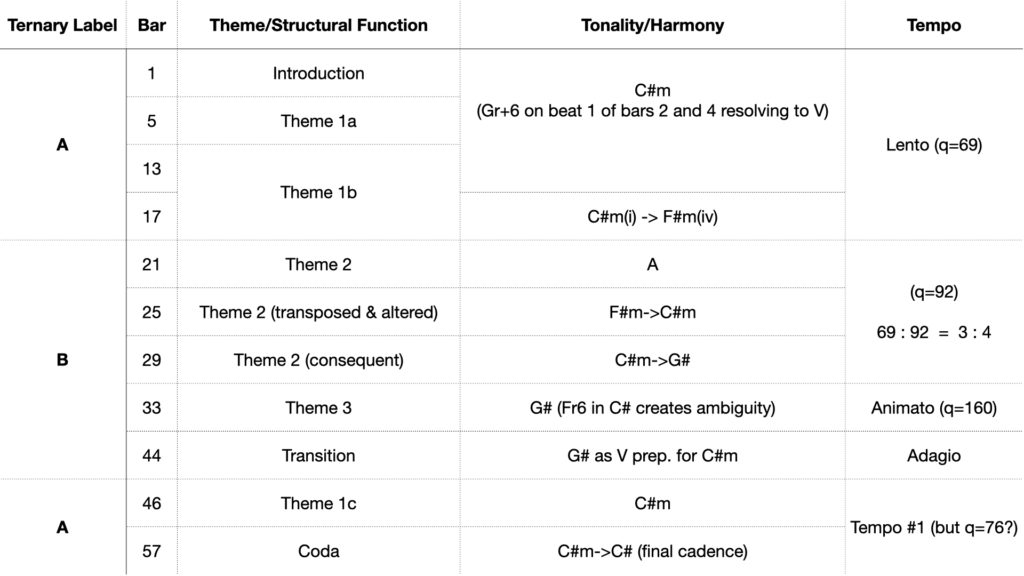

Texture
Beyond changes in theme, Chopin uses other devices to extend the contrasts between the A and B sections of this Nocturne. Texturally, at first glance, the composition is limited. However, in the B-section, Chopin subtly varies the texture by adding a brief counter-melody to theme 2. Adding the second voice breaks the monotony of the 2-part melody and harmony texture while not starkly changing the textural form.
Diversifying the texture in this way allows Chopin to maintain the quintessential Nocturne mood of rolling left-hand accompaniment and bel canto melody while varying the texture enough to maintain interest.
Les Biches (RM25-6) – Francis Poulenc
How to Write Fourth Species Counterpoint: A Comprehensive Guide
Starting to Compose With Counterpoint: Guide to Writing Combined 1st and 2nd Species Counterpoints
How to Write Third Species Counterpoint: A Comprehensive Guide
How to Write Second Species Counterpoint: A Comprehensive Guide
How to Write First Species Counterpoint: A Comprehensive Guide
Making Mozart Scary
The Art of Composing for String Quartet: A Guide for Beginners
Anatomy of the Orchestra by Norman Del Mar (Book Review)
“How do I orchestrate a piece of music?” (5-tips.)
Nocturne No. 19 in E-Minor, Op. 72 No. 1 (Analysis) – Friederich Chopin
Gilderoy Lockhart – John Williams (Impromptu Melodic Analysis)
Tonality
While I want to focus on harmonic language across the piece further, in the B-section, although not limited to this section, Chopin modulates, bringing further variation. The music moves to A-major (VI) and then to F#-minor (IV or vi/VI) while exposing theme 2. Chopin then moves to G#-Major when introducing theme 3. These keys are remarkably close in proximity, which I will discuss shortly. The key takeaway here is that modulation and tonality are a means of further contrast, which Chopin uses in Nocturne No. 20.
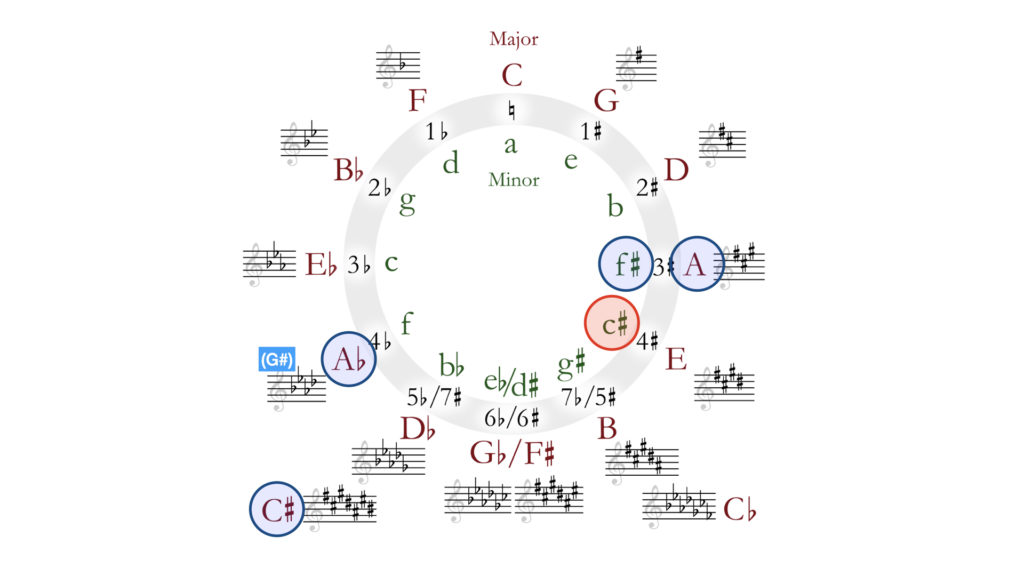
Tempo
Easily forgotten, Chopin also uses tempo to bring contrast to his ideas. For example, the Nocturne opens with the marking Lento, which instructs a performer to play slowly. The edition I use from IMSLP also gives a metronome marking of 69 crotchet beats per minute. Interestingly, the first tempo change, of two, in the middle section, is approximately a third faster than the opening Lento metronome marking (69 x 0.33 = 22.77 + 69 = 91.77). Or, in reverse: 69 is exactly 75% of 92 (69:92 = 3:4).
At bar 33 and the introduction of theme 3, the score instructs Animato, with a metronome marking crotchet=160. Theme 3 is a sparse melody, and the focus, in a way, is placed on the left hand. The effect is stirring and builds a sense of ambiguity and anticipation for what is to come next. It feels as the piece could go one of two ways, back on itself––which it does––or into more contrasting material.
Without seeing an original manuscript, or first edition, I can’t say that Chopin did not give these precise and related metronome markings. However, to me, it does not feel like it would be something a 19th-century composer such as Chopin would do. In conjunction with this, however, it does feel like something that a 20th-century editor would do. Either way, however, I found these markings interesting and, authentic or not, they reveal a fascinating way in which we can think about and relate tempos. Especially given that tempo can easily be neglected.
Les Biches (RM25-6) – Francis Poulenc
How to Write Fourth Species Counterpoint: A Comprehensive Guide
Starting to Compose With Counterpoint: Guide to Writing Combined 1st and 2nd Species Counterpoints
How to Write Third Species Counterpoint: A Comprehensive Guide
How to Write Second Species Counterpoint: A Comprehensive Guide
How to Write First Species Counterpoint: A Comprehensive Guide
A-section/Theme 1: Melodic Variation and Reharmonisation
In Chopin’s Nocturne No. 20 in C#-Minor, Theme 1, which we highlighted in the overview of the pieces form, appears three times across the piece. In the first A-section, it appears twice and in the last A-section once.
The first two appearances, labelled Theme 1a and 1b, are 8-bars in length, comprising two four-bar phrases. Theme 1c is longer, boasting an additional four-bar phrase that transitions into the closing codetta of the composition. Despite this extra phrase, I want to focus on the first two phrases of this theme, which relate to the entirety of the other two melodies, as they demonstrate how Chopin uses embellishment and re-harmonisation to develop his musical ideas.
If you’re enjoying this article, why not sign up for our musical knowledge bombing list? (Find out more by clicking the link. Thank you.)
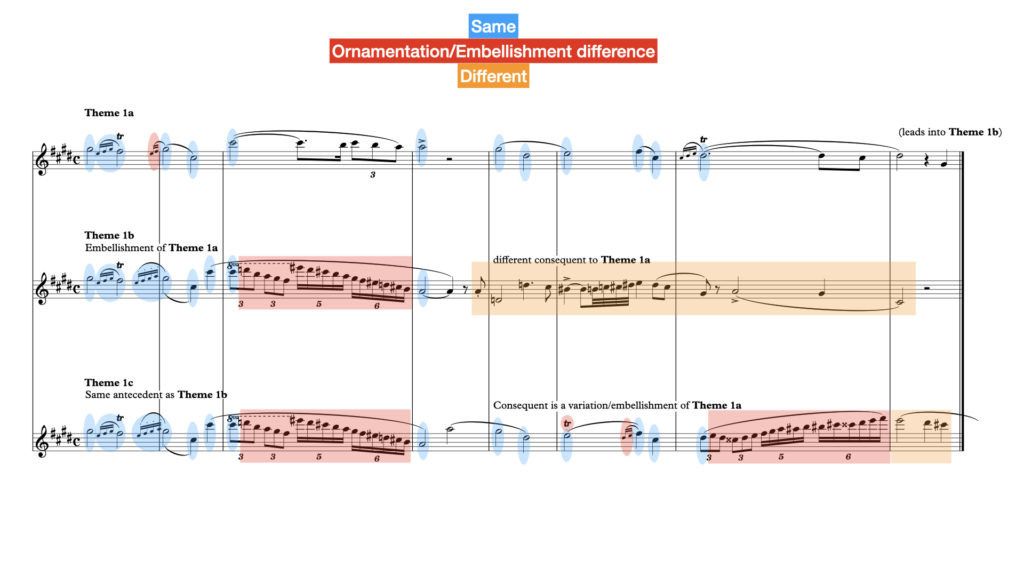
In the figure above, I have highlighted pitches that are the same or similar in blue. In the opening four bars of the three themes, the broader brush strokes are the same, and 1b and 1c are replicas. However, there are subtle variations between themes 1a and the other two in these four bars. For example, Themes 1b and 1c extend the ornamentation of their second group of appoggiaturas. The result is a kind of inverted turn, whereas 1a’s appoggiaturas only rise to the G#. (Strictly speaking, an inverted turn would only start on the F# one pitch below, not two.)
Slight, these details are cumulative, making the themes similar enough for listeners to hear the similarities but appreciate the differences. Chopin uses comparable variations for the antecedent phrases of 1a and 1c. The same material again, the addition of a trill and appoggiaturas in bar 6 create further, subtle variation.
In a shorter form piece such as this Nocturne, this lighter embellishment could be enough variation alone. However, Chopin uses the same technique more expansively, pairing it with a technique called re-harmonisation, which is simply the changing of the harmonies underneath the same melody. For example, in bar 3, themes 1b and c are the same. Starting and ending on the same pitches, albeit in different octaves, one can see how they are melodic embellishments of theme 1a’s bar 3. Furthermore, each being more scalic and spanning two octaves, the pitch content of each serves to elucidate the changed underlying harmony between bars 3 and 4 and the perfect cadence in F#-minor (the sub-dominant of C#).
In the score, at bar 7 and 8, which is bar 3 and 4 of theme 1a, we can see the underlying harmony for the simplified exposition of the melody. The progression is C#(I) to D#ø(iiø). Whereas at bar 15 to 16, which is the same bars but in theme 1b (1c uses the same fundamental progression but in different registers), the harmony becomes C#7(V7/vi) to F#m(iv). Or, if we read it as a perfect cadence in F#-minor: V7-I.
Chopin uses the embellished melodies of 1b and 1c to preempt this harmonic shift into F#-minor. Both explicitly use notes of F# melodic minor in descending motion over the C#7 chord. The takeaway as a composer here is that harmony, both in the moment and part of a progression, can be undermined or strengthened by the pitch material you use above it. For Chopin, this is stylistically and effectually apt. For us, or another composer, it could be desirable to add more chromaticism, as Chopin does in the consequent of theme 1c, or even juxtapose pitch material of a different tonality, atonality or modality.

Harmony
Chopin uses aspects of common practice harmony in a way that is not too tonally assertive. For example, the opening progression immediately invites chromaticism via a German-6th in C#-minor that resolves to G# as part of an imperfect cadence. In this way, we feel C#-minor through its non-resolution and a feeling of progression from C#-minor toward G#. Moreover, while V-i’s occur, they rarely happen cadentially, coinciding with a melodic phrase end. Instead, it is as though the harmony is responding to the melody above it, as opposed to knowing where it is heading.
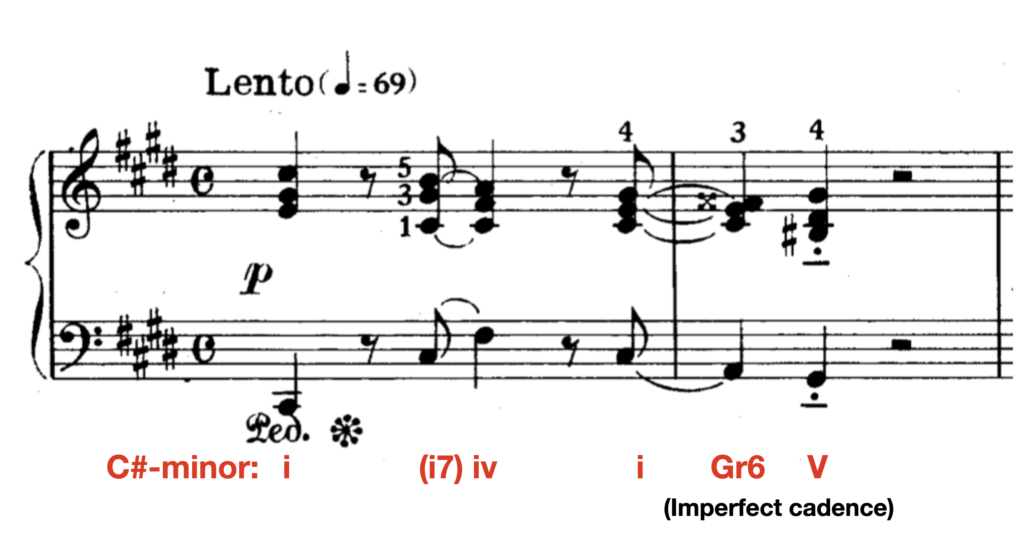
One of the strongest cadences occurs between bars 15 and 16, where Chopin modulates to F#-minor (see extract that compares harmony between themes 1a and 1b). However, as part of a modulation, it is less like a full stop and more a comma. In other words, the (musical) point asserted does not require punctuation but a momentary breaking point between progressions of the idea. Chopin introduces the idea of F# and proceeds directly into it. Again, the tonality is relatively clear in where it is, but the harmony is never assertive in the way it communicates the tonality.
The progression that accompanies the sparse Theme 3 or “animato” section is a great example of how the harmony only ever places a single foot in each tonal area that it visits. For instance, the progression features a clear V7-I in G#. That is quite assertive. However, taking into account the progression as a whole, Chopin uses the French-6th of C# in the four-bar harmonic sequence: ||: Fr6/iv, I, V7, I :||. The chromatic relationship rattles the tonal foundations put forward by the V7 – I. In a sense, Chopin has one foot in G#, but a tippy-toe in C#-minor too.
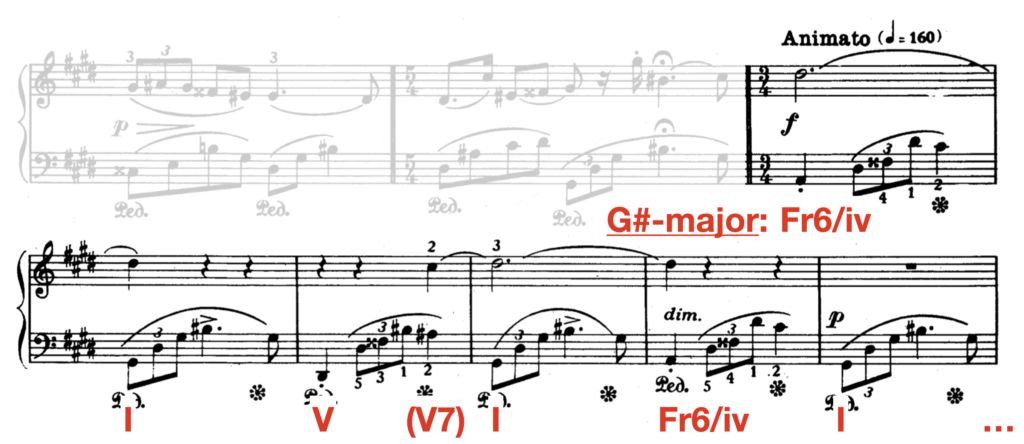
Close: key takeaways
Before wandering too deeply into the theoretical, how does our analysis relate to us as composers today? The key takeaways, for me, are that what we do early, particularly in a shorter form composition, sets the tone and flexibility, or stability, of the rest of the piece. That’s not to say we cannot break the tone we set, but rather that is its own creative choice. If we are to have fluidity, then making significant changes need time to unfold. Therefore, in a short composition, unless the contrasts are stark or happen across most of the composition, what we do early can impact what we do later.
Another takeaway is that harmony happens both in a moment and across moments. Or, in other words, it happens vertically and horizontally simultaneously. The reharmonisation extracts of Theme 1a and variant 1b demonstrate this concept. For example, the use of C#-major happens in a moment, brightening the harmony. However, by that analogy, brightening is a process that unfolds over time––a series of moments. To brighten, we must move from relative darkness: Chopin moves us from minor (i) to parallel major (I).
The last takeaway from our analysis is a technique for developing and distributing thematic material, or other ideas––for that matter. If we create a melody, for instance, we can use that melody over and over, especially if the repetitions occur one after the other. Therefore, rather than repeat the material, which could become tiresome, we can leave some parts intact and vary or change others. For example, with Theme 1, Chopin embellishes, to varying extents, certain bars or adds ornamentation to some notes. For the consequent of theme 1b, he composes new material. Rather than writing new material, consequently, Chopin provides consistency, familiarity and vitality.
If you’d like to be updated when we release new articles and videos, sign up for the Any Old Music Mailing List.

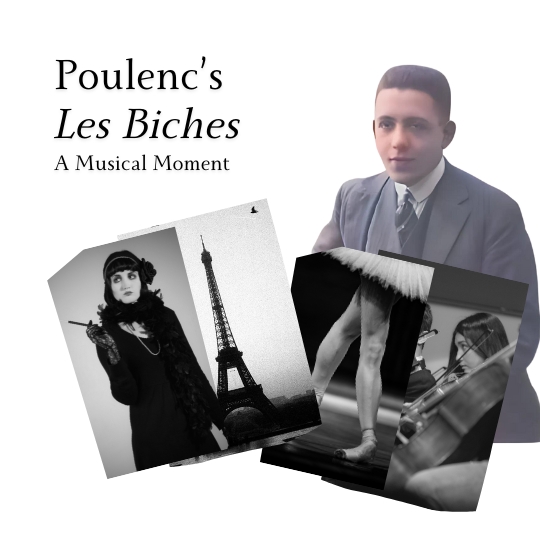
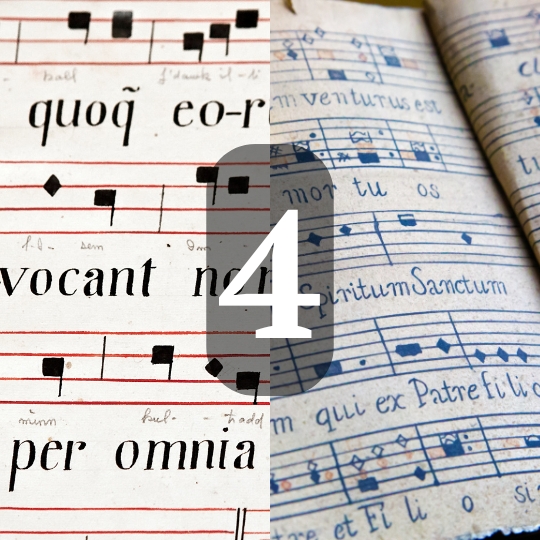
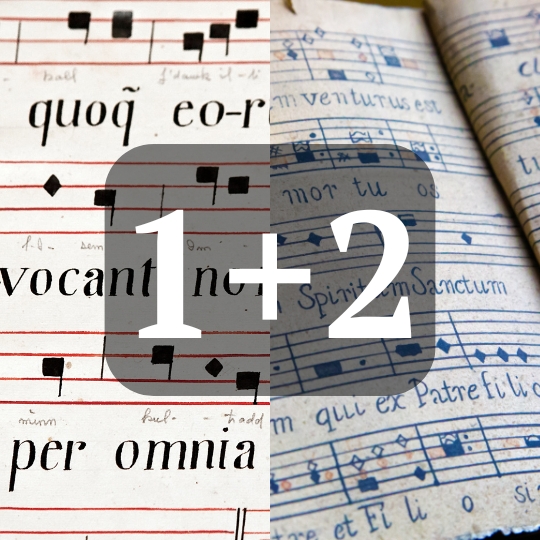
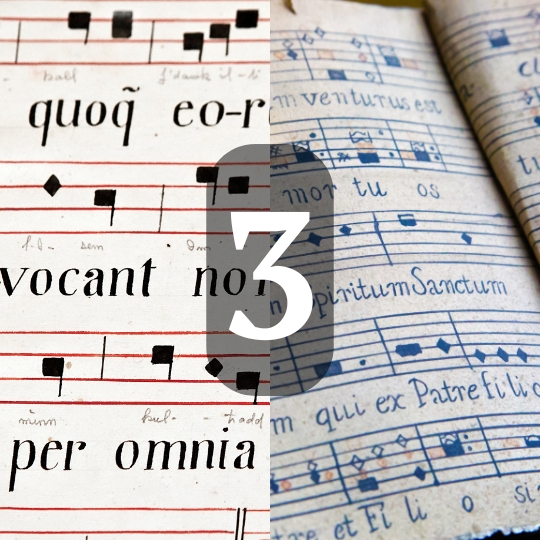
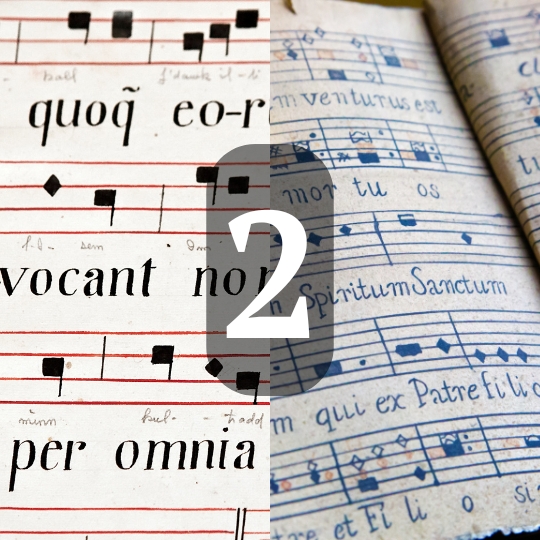
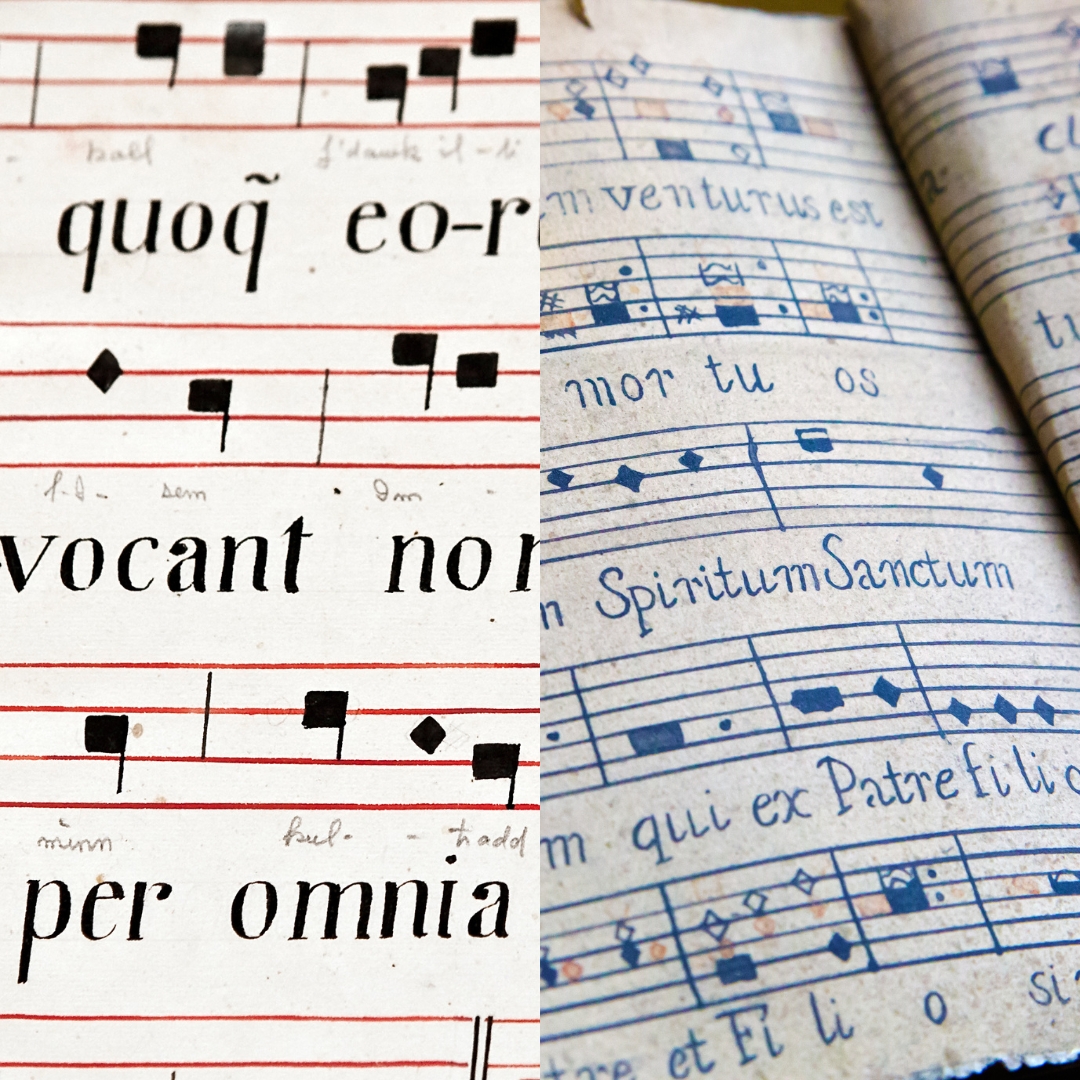

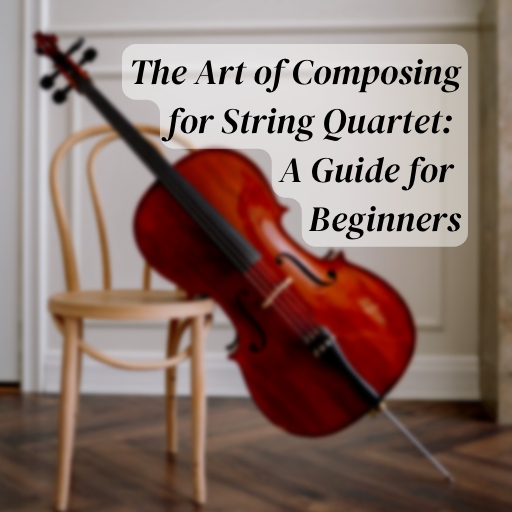

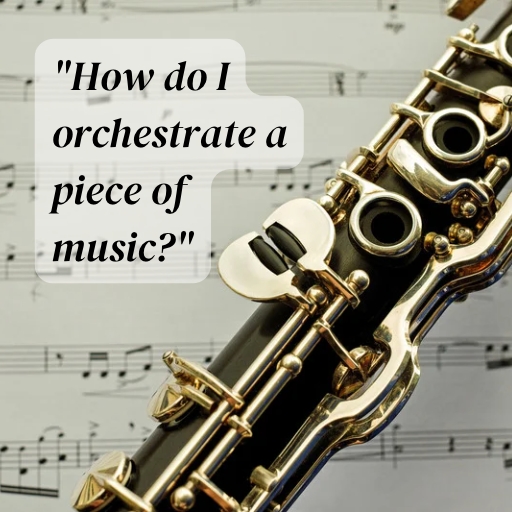



Pingback: Salut D'amour - Edward Elgar (Music Composition Technique Analysis) - Any Old Music